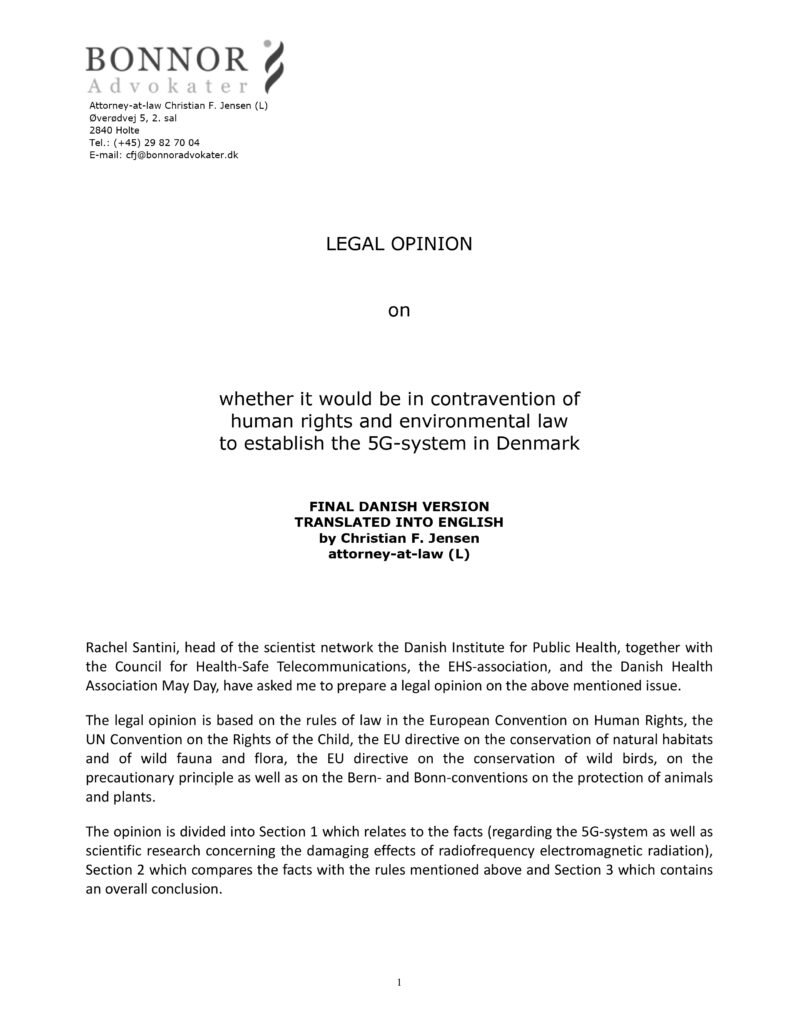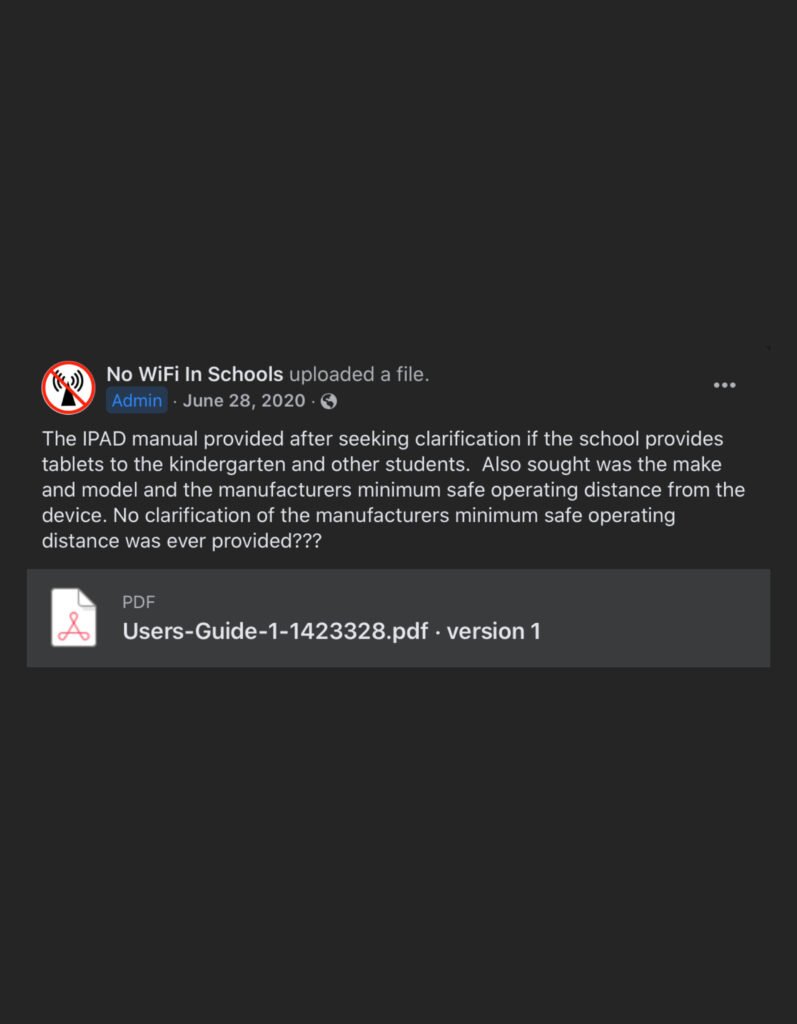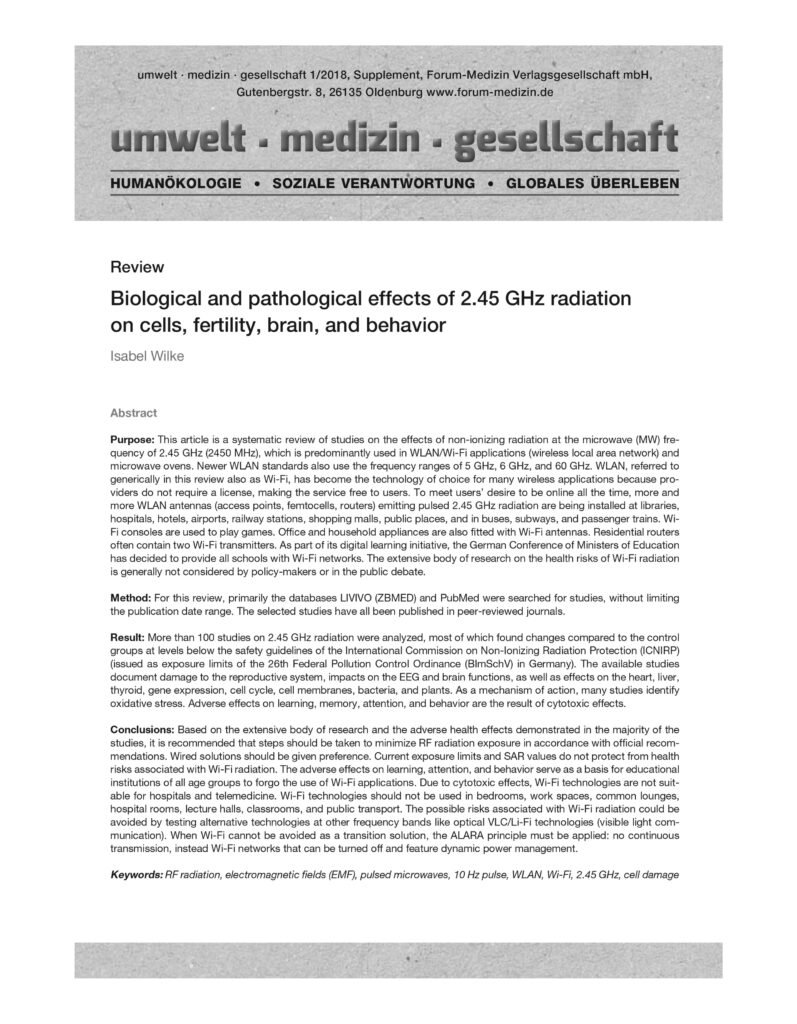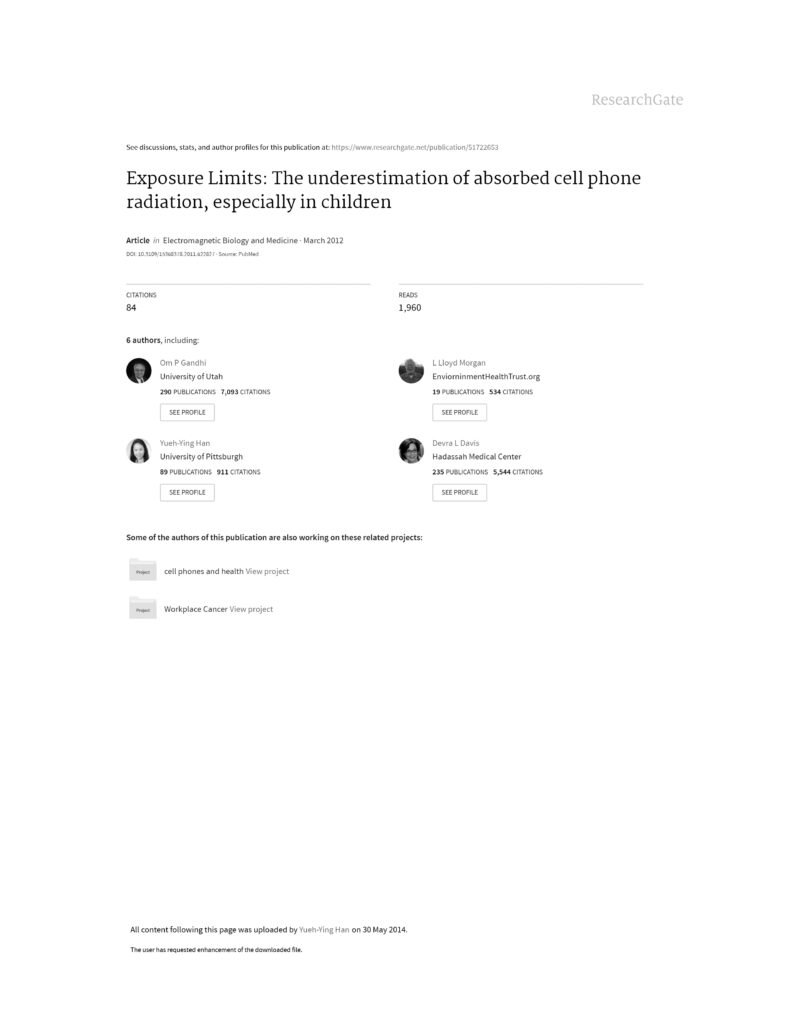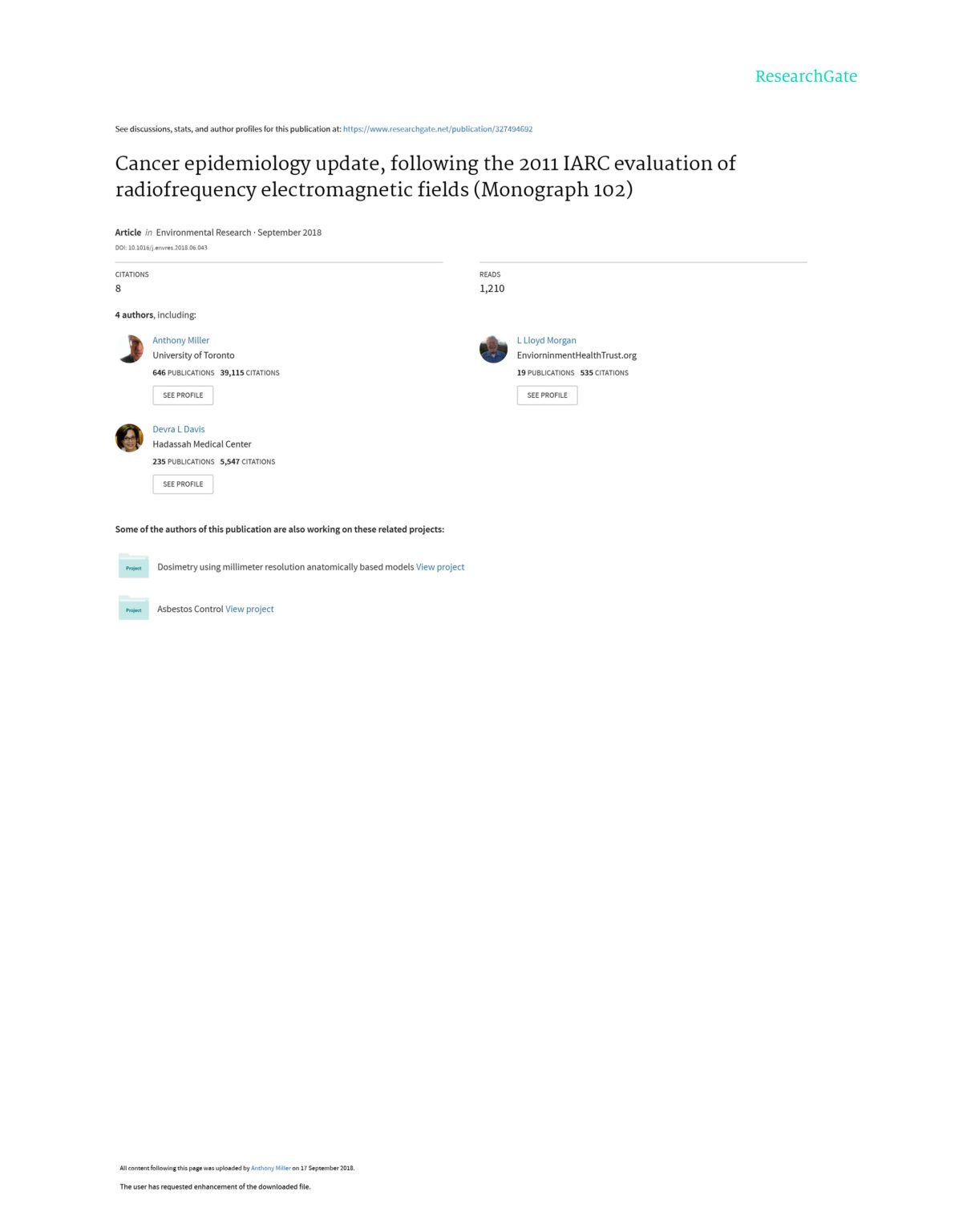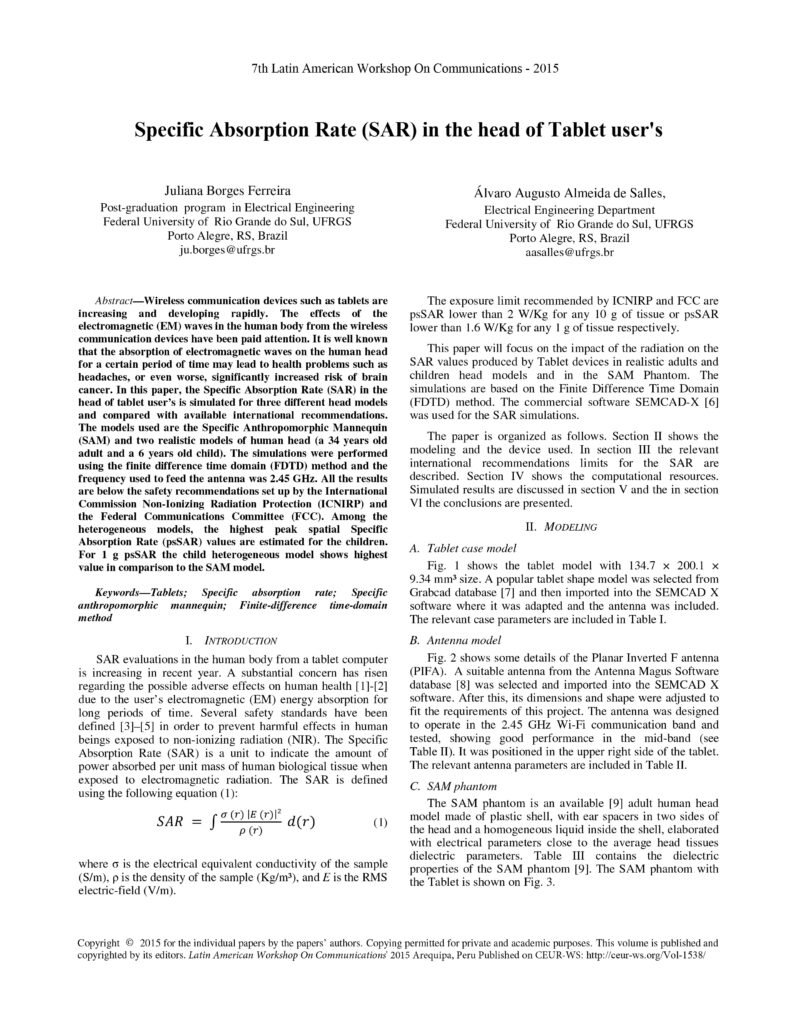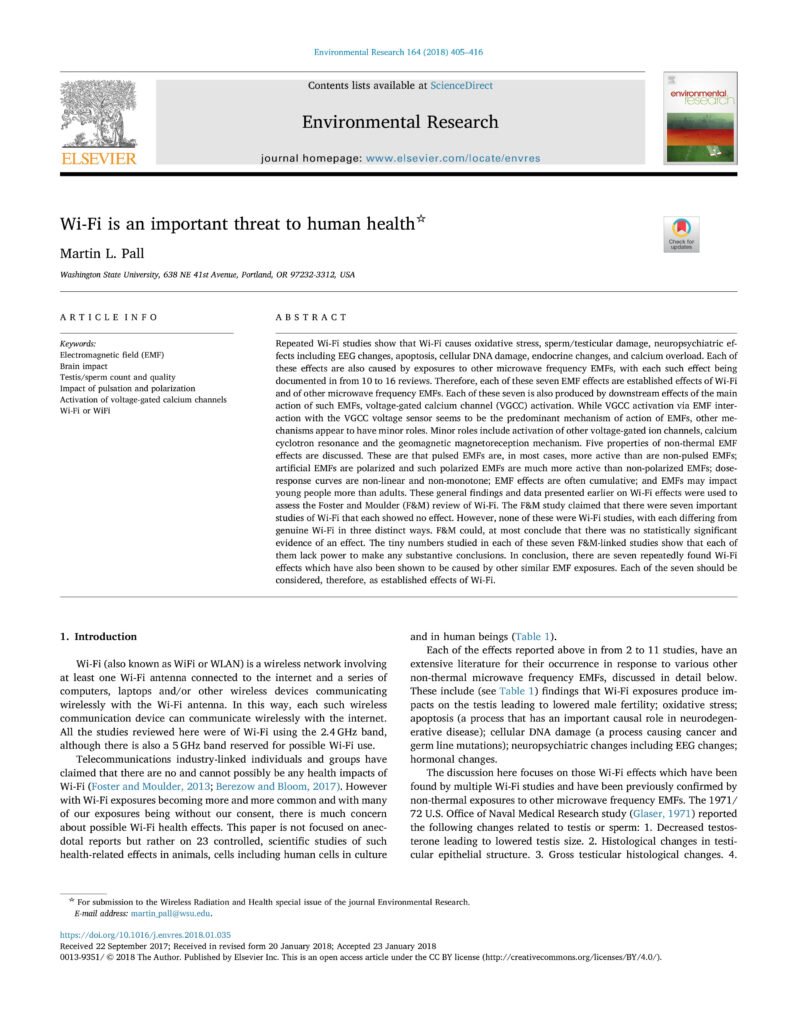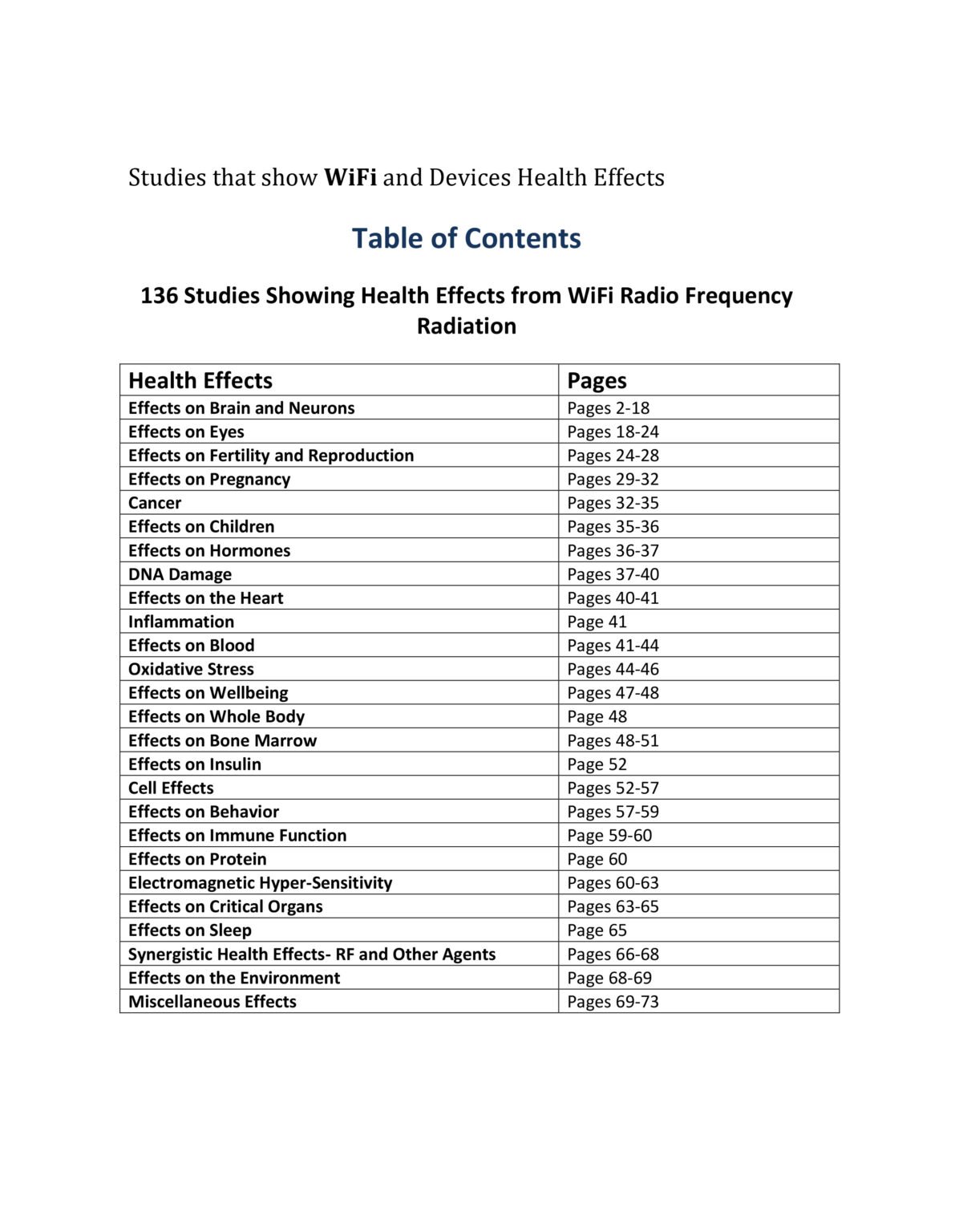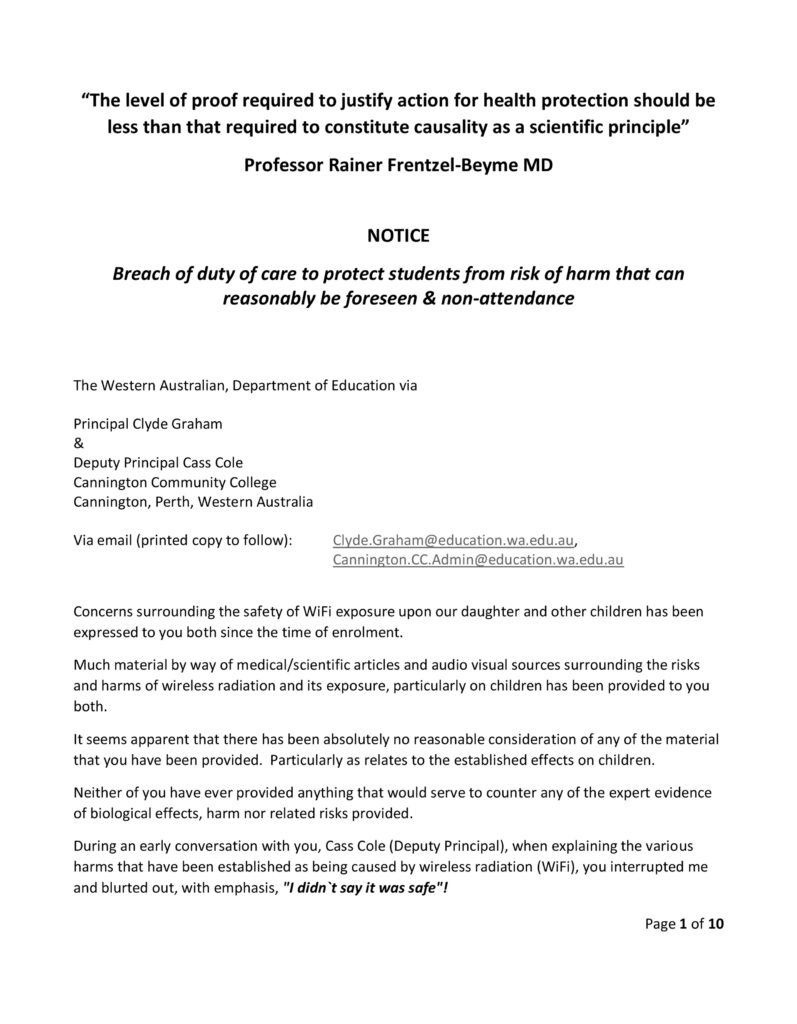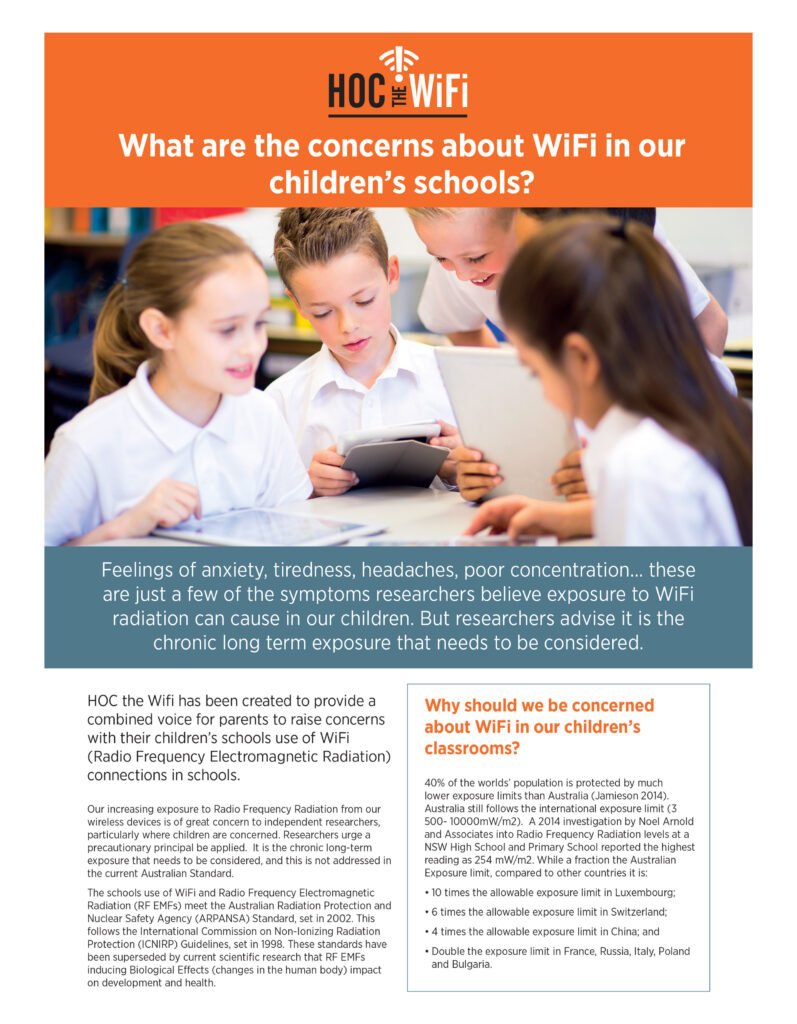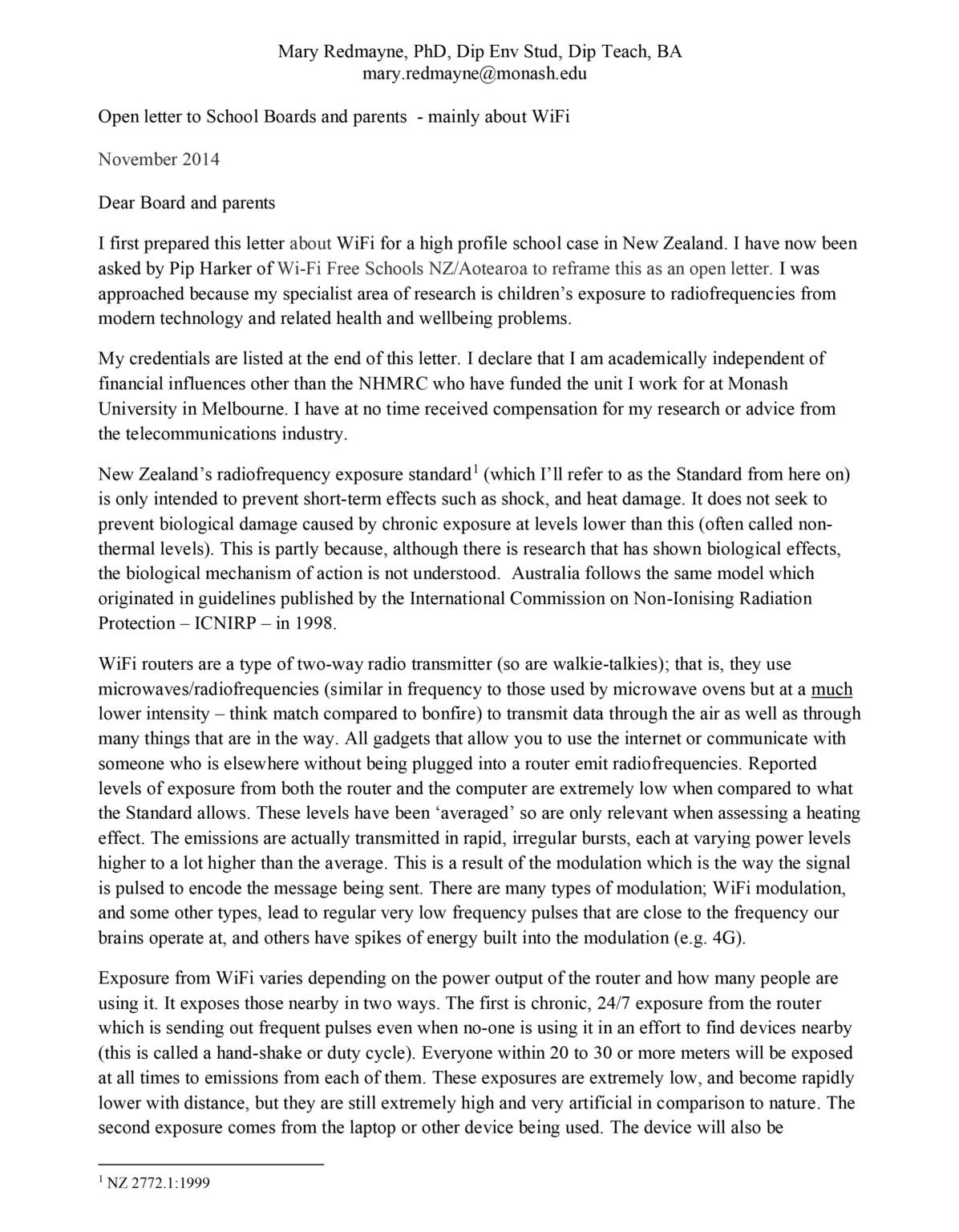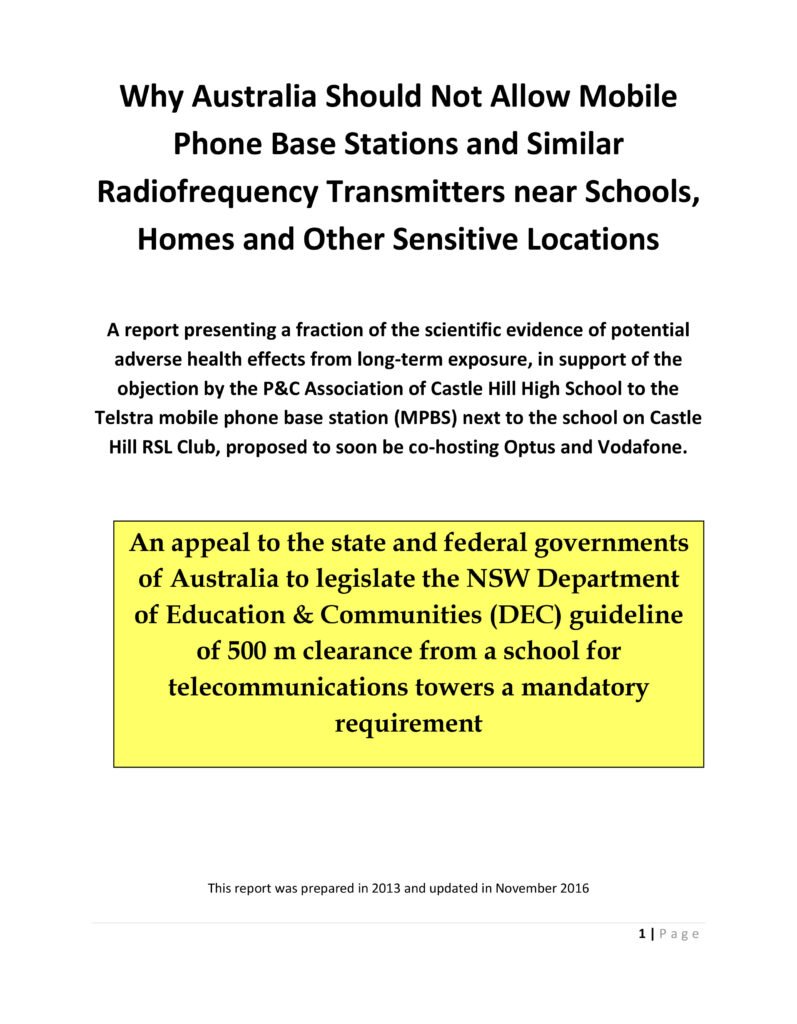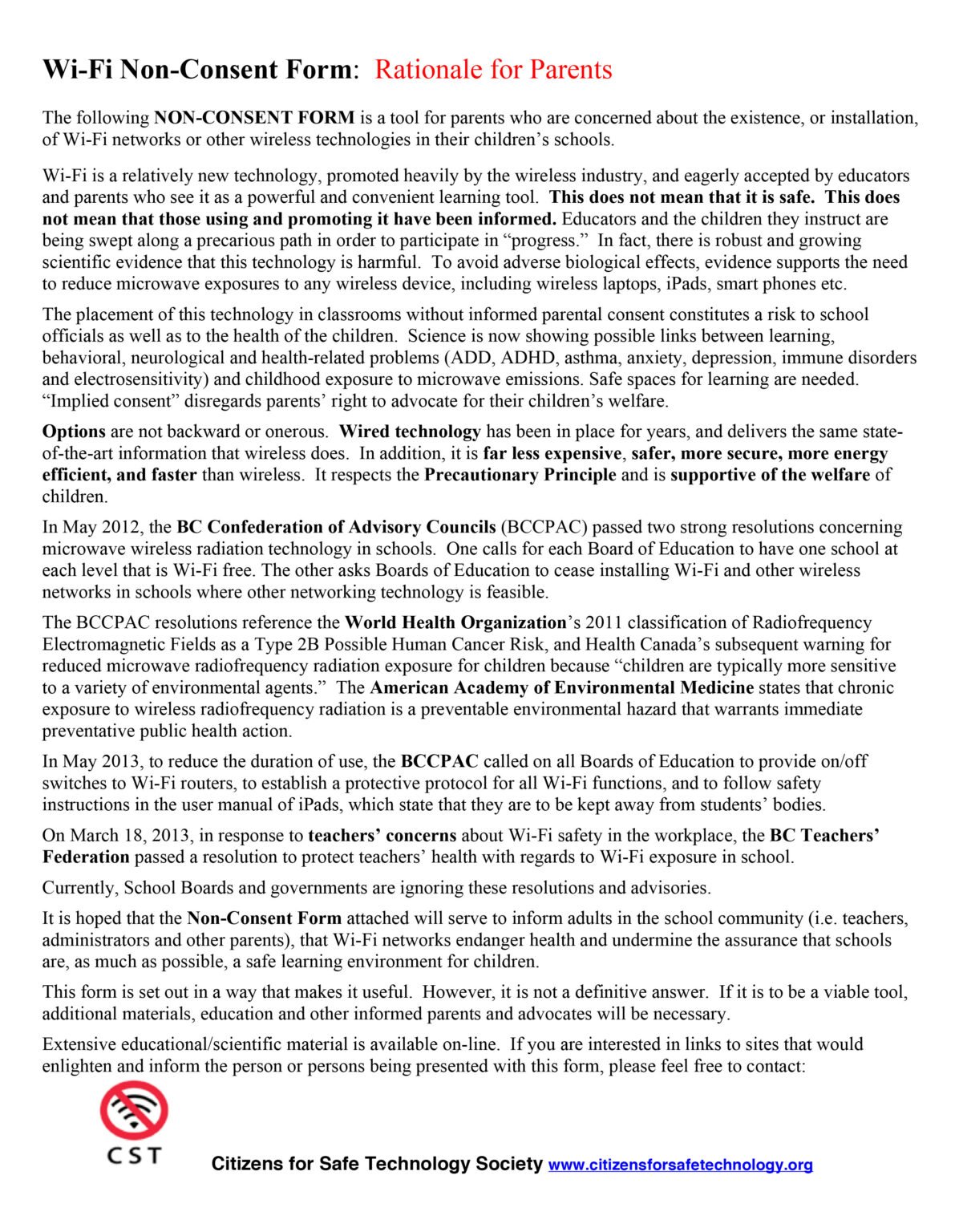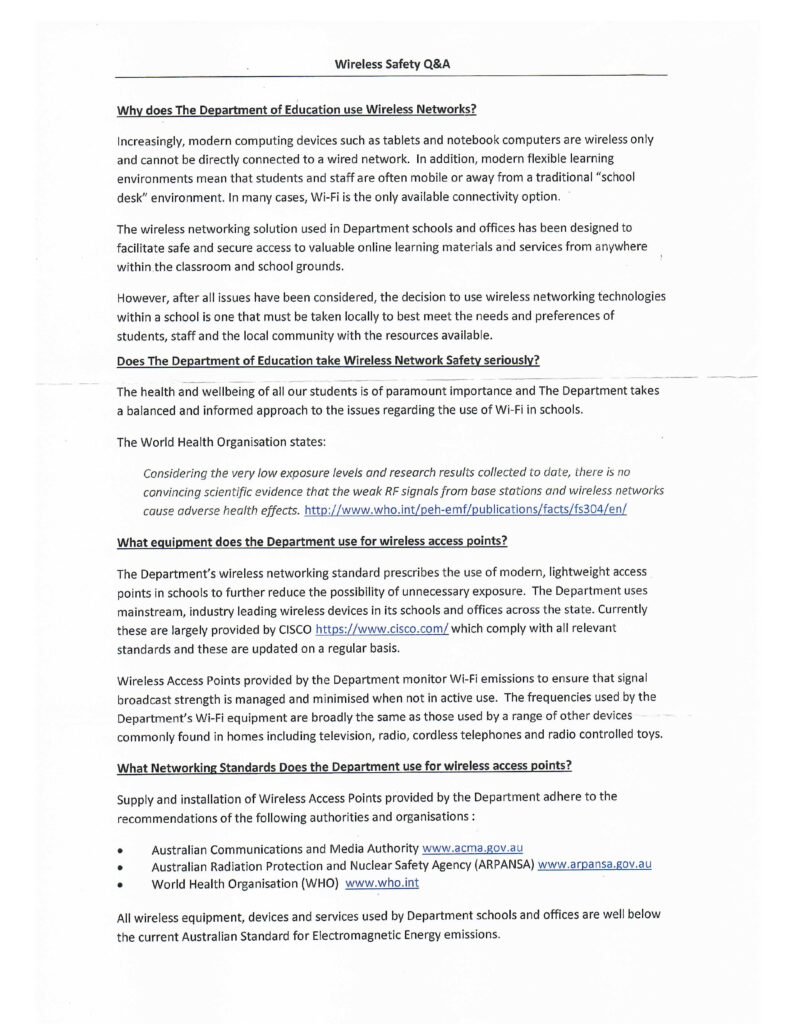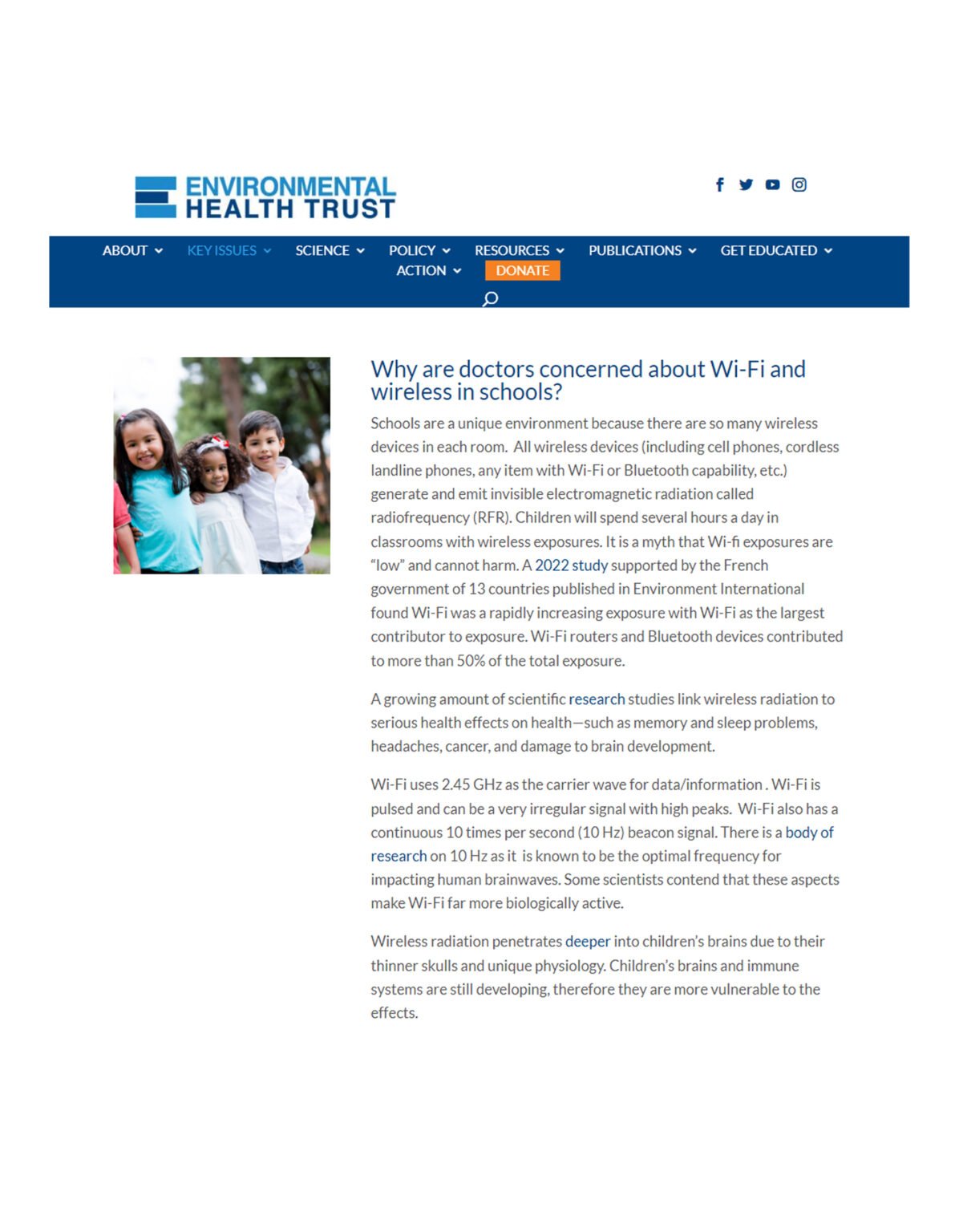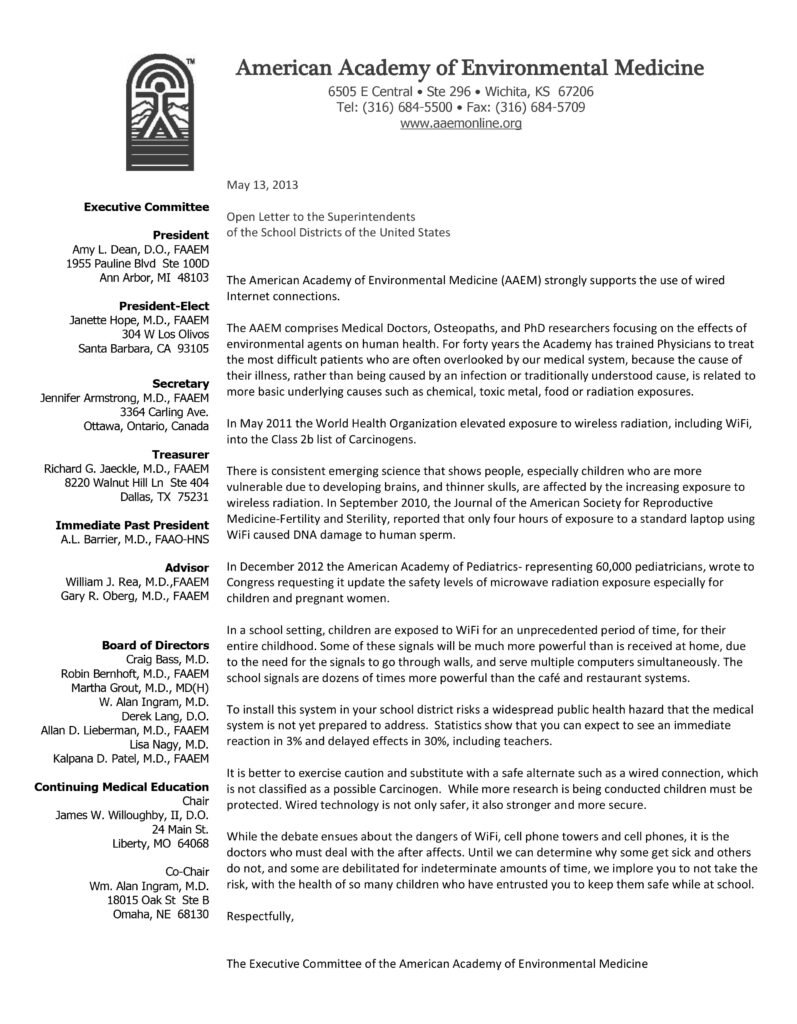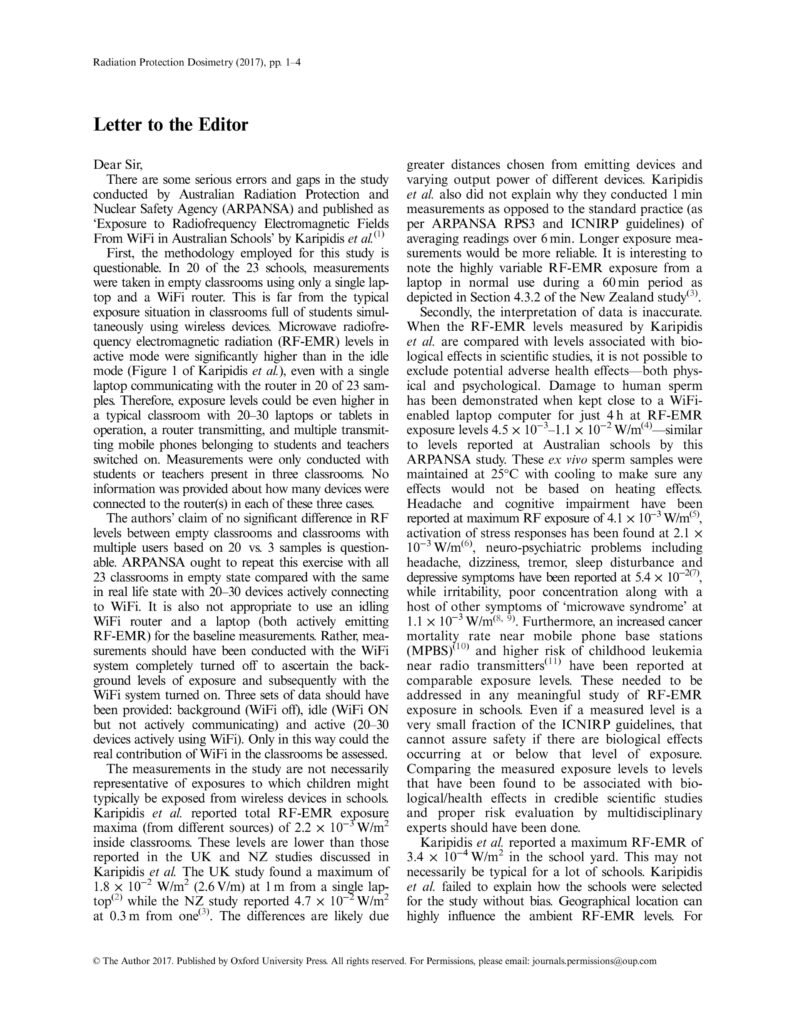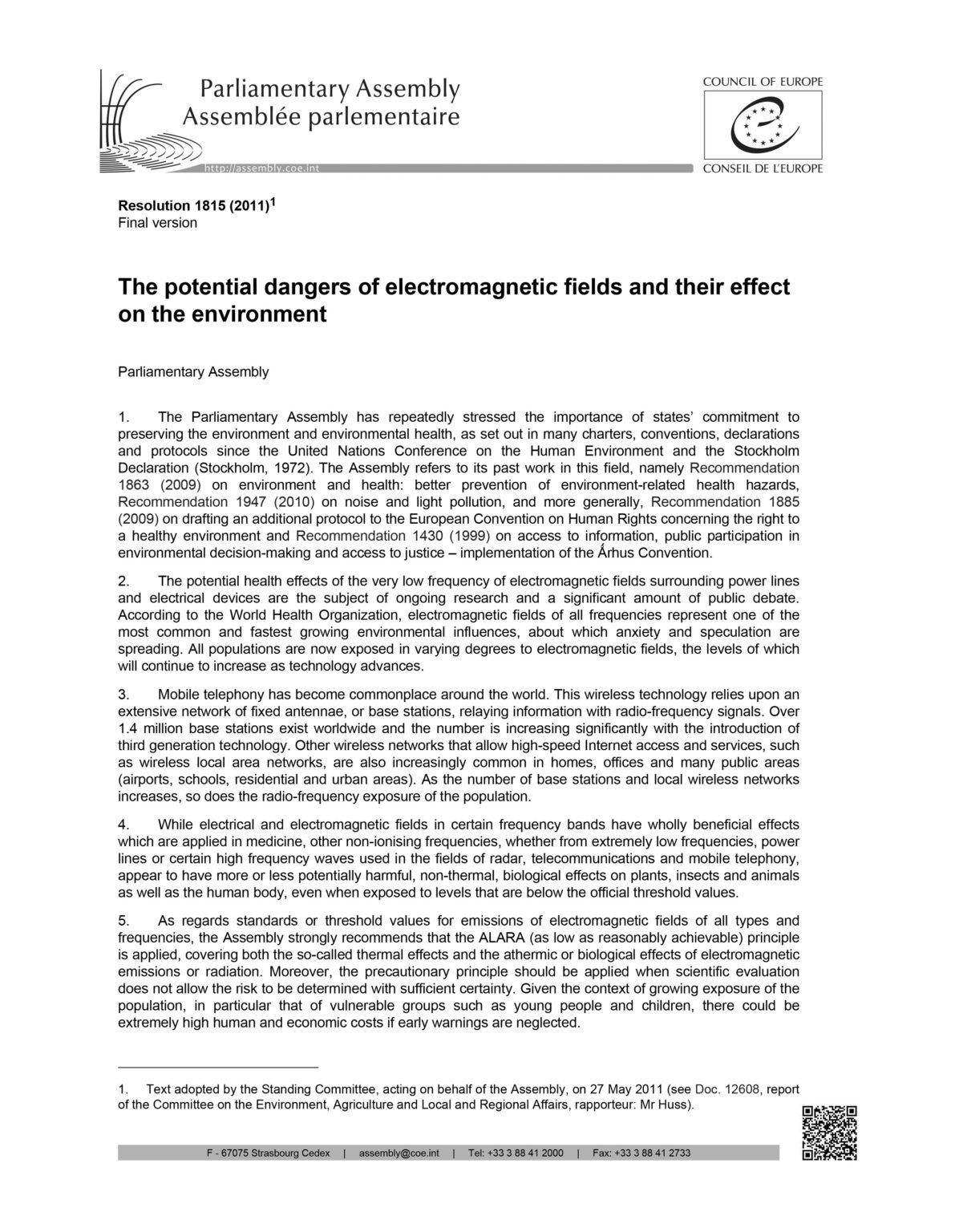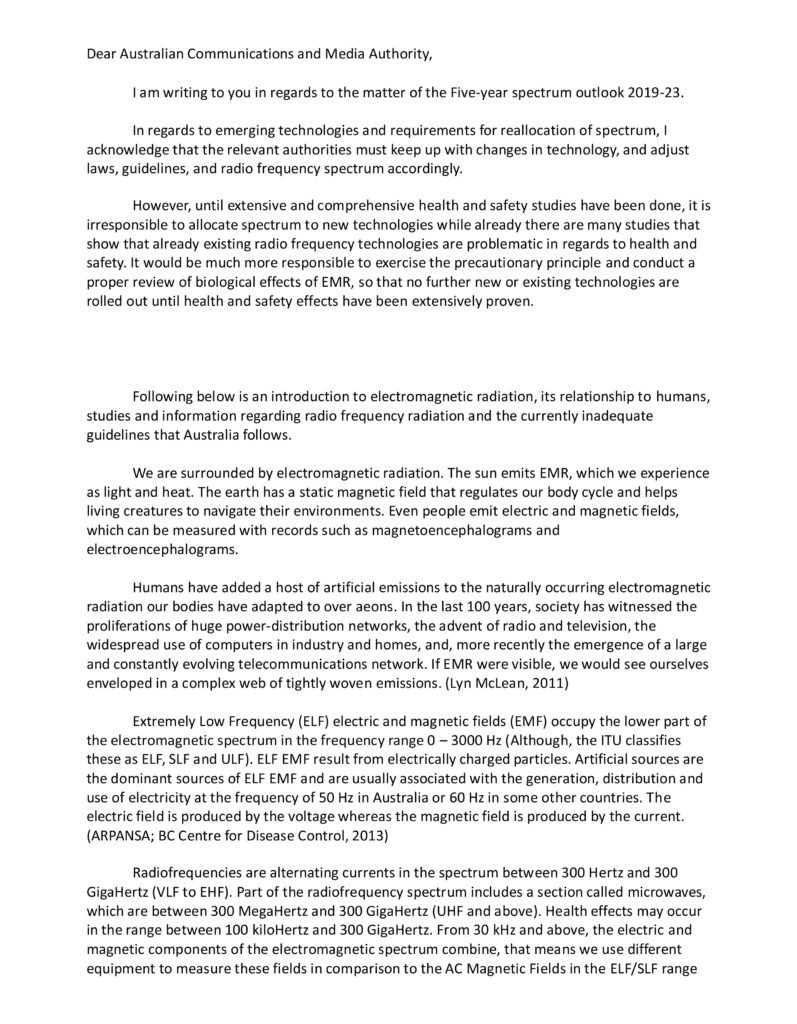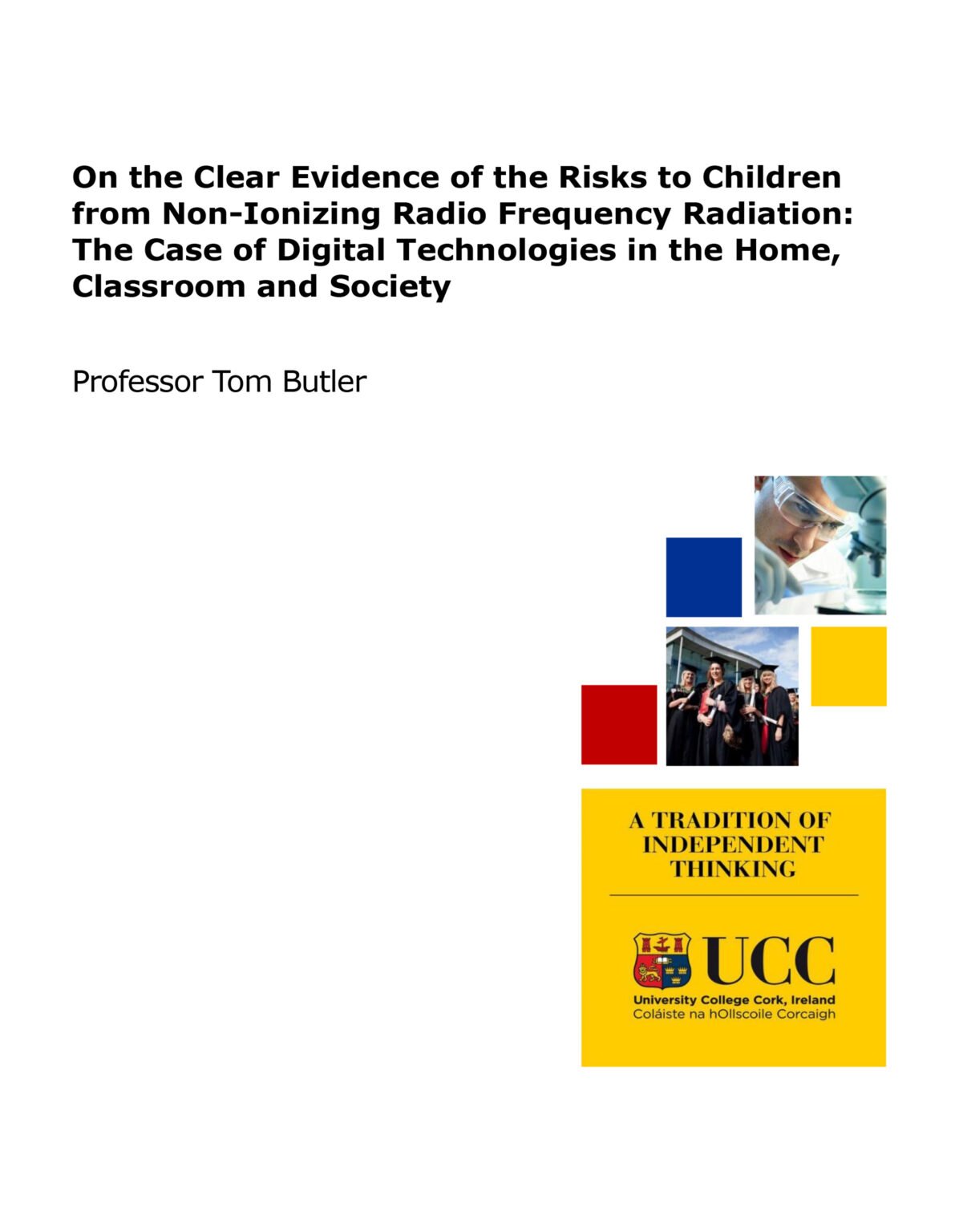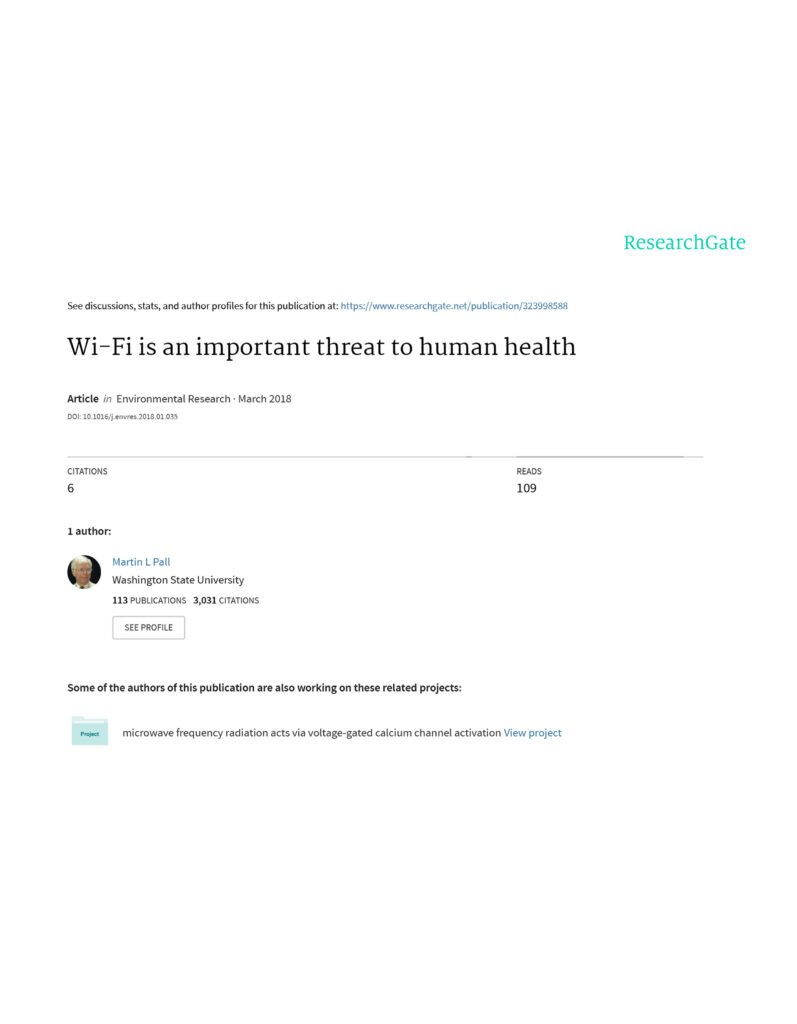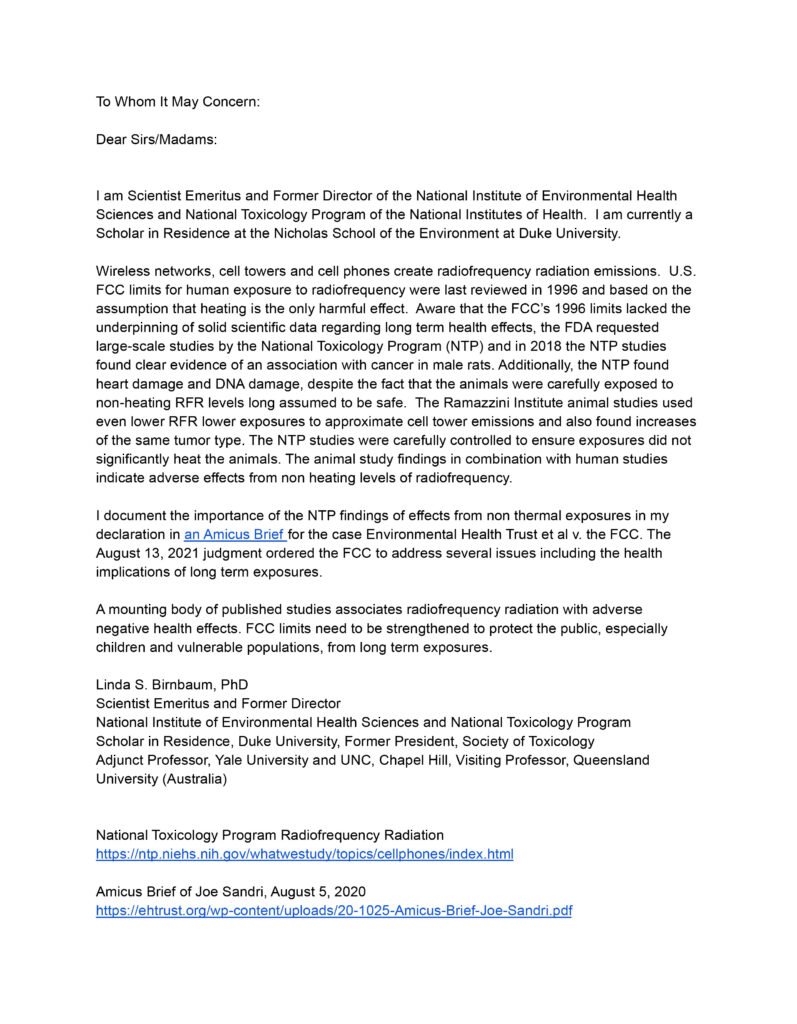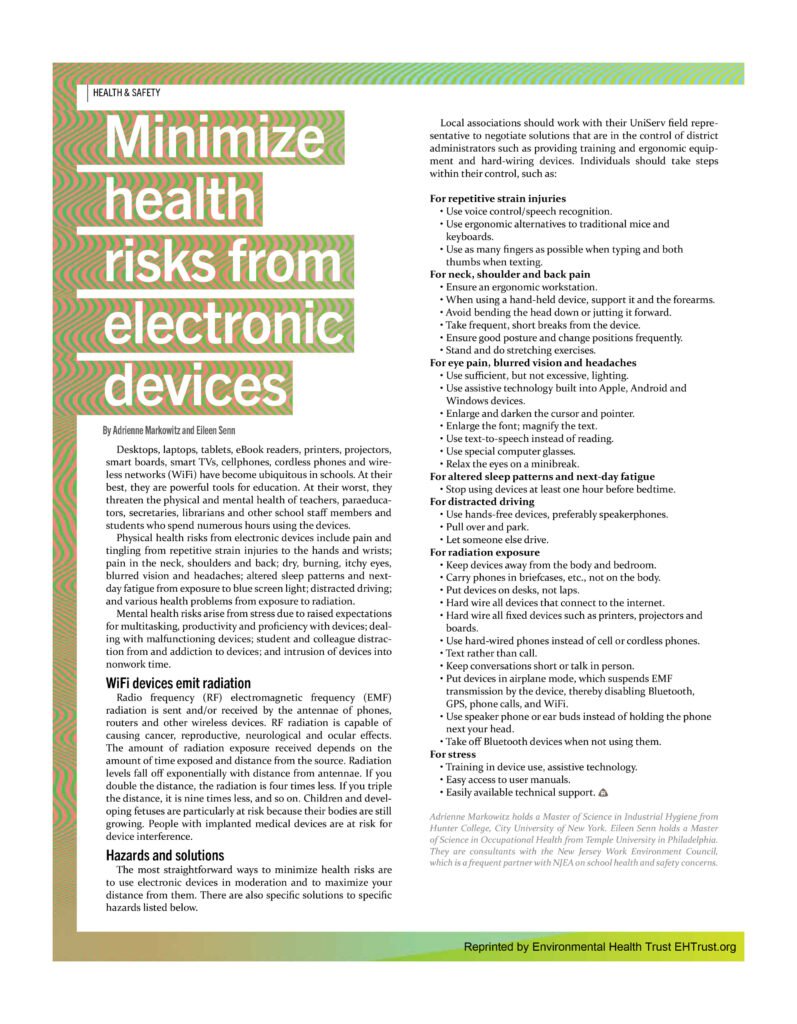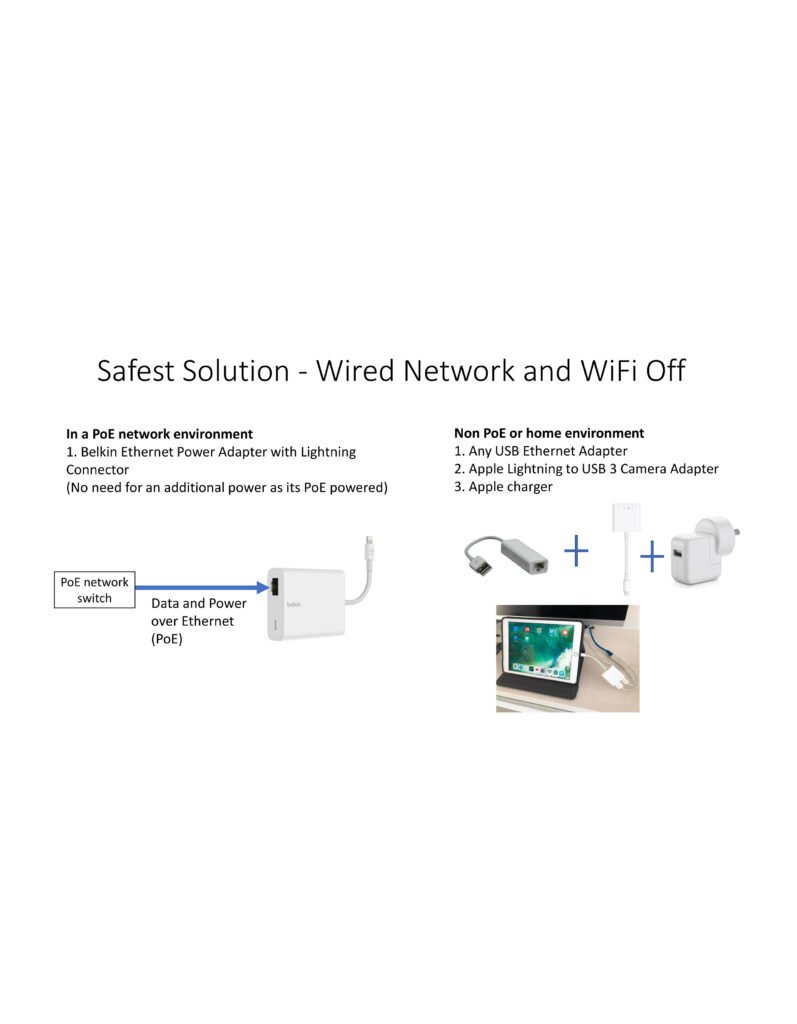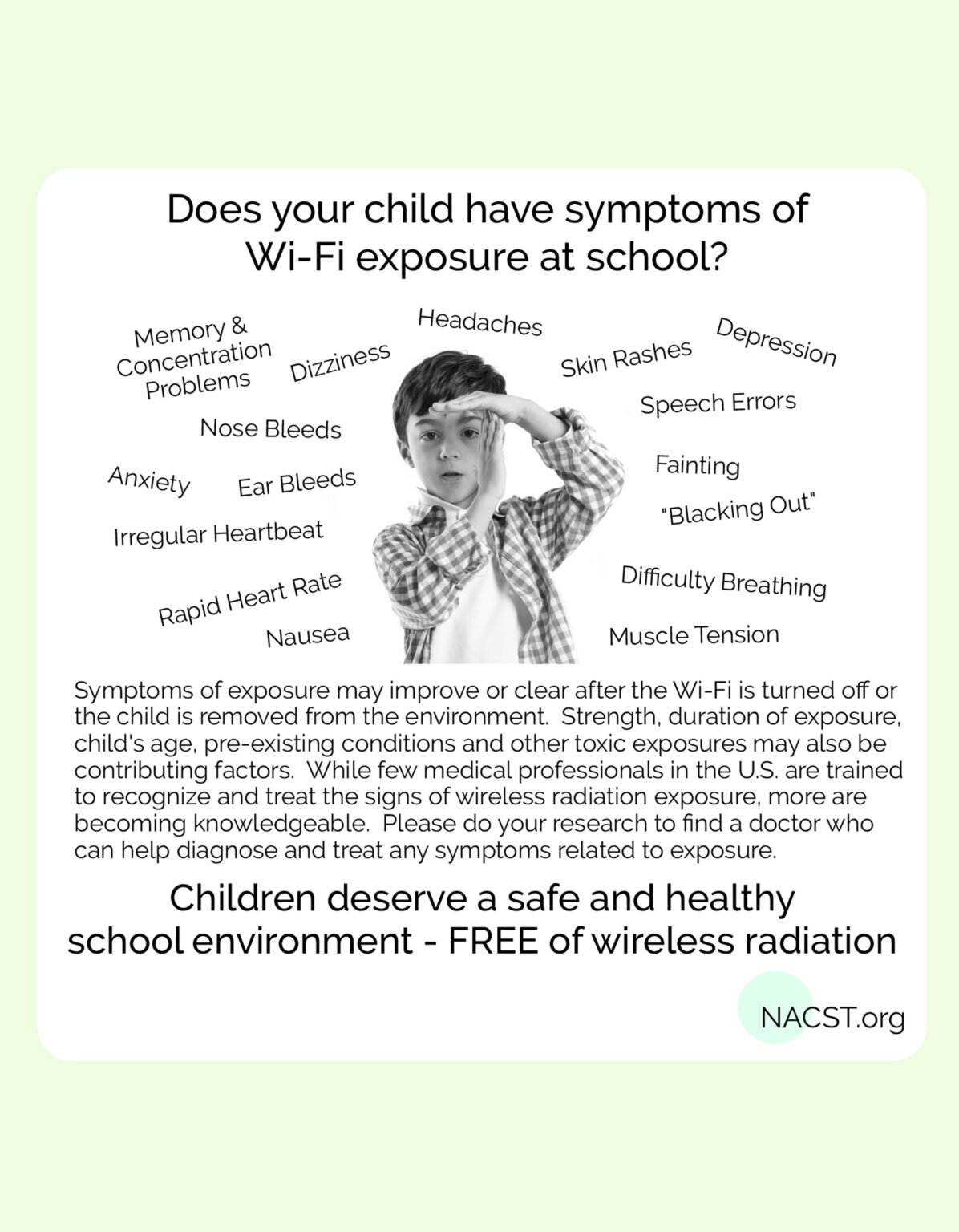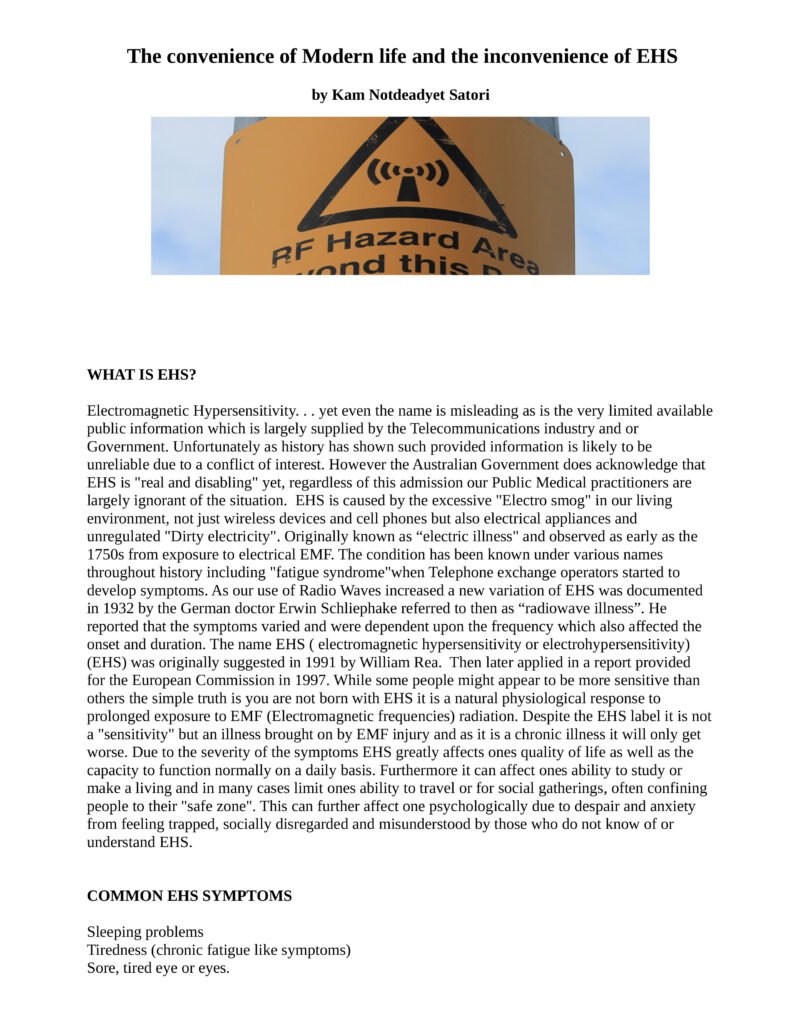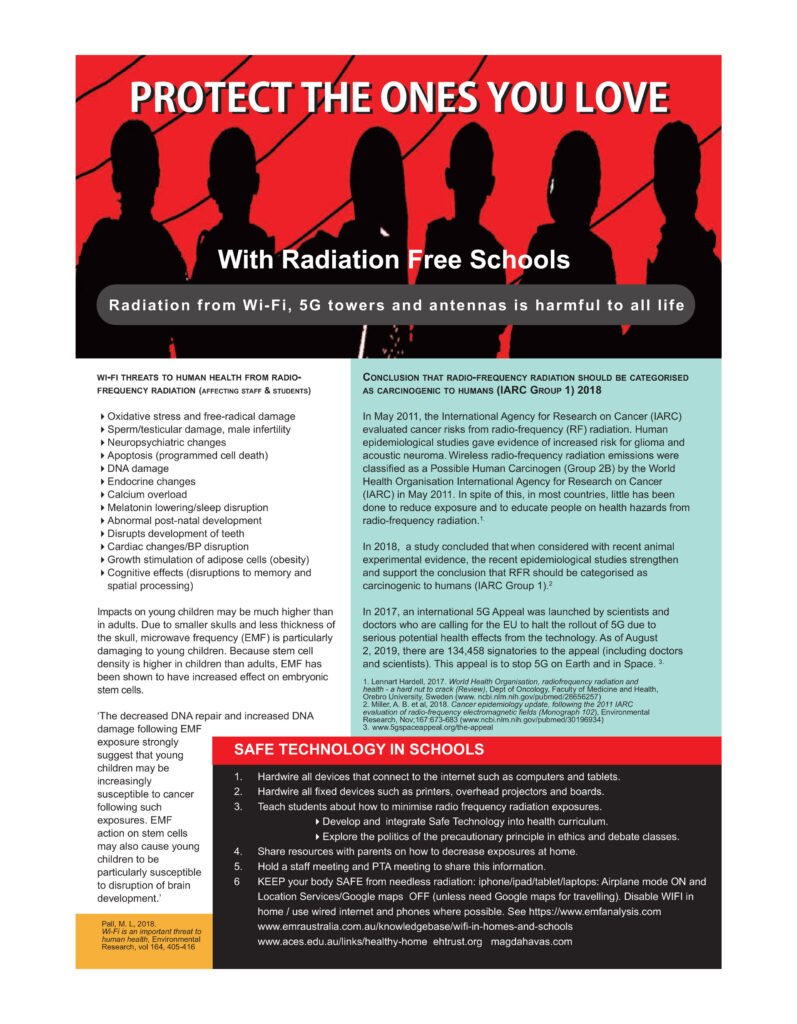The real risks of technology to children, and why age and skull size matter
This might sound crazy… but did you know that a plastic dummy is used to test how safe mobile phone radiation is… for a human?
If the plastic dummy passes the test (and it’s not a hard test to pass) then the product – be it an iPhone, iPad, laptop or AirPod, or WiFi, or 5G – is deemed safe for human exposure. That’s for all humans, aged from 0-100.
Children have much thinner skulls than adults, and as a result can absorb up to twice the amount of radiation to their brain as an adult can.
Let’s start with a few letters of the alphabet;
S for Specific
A for Absorption
R for Rate
Here’s another set;
S for Specific
A for Anthropomorphic
M for Mannequin.
Specific Absorption Rate (SAR) refers to the level of measurable radiation exposure in an EMF radiation safety test.
Specific Anthropomorphic Mannequin (SAM) is the name of the plastic dummy used to test the radiation on.
According to Exposure Limits*, The SAR for a 10-year old is up to 153% higher than the SAR for the SAM model. When electrical properties are considered, a child’s head’s absorption can be over two times greater, and absorption of the skull’s bone marrow can be ten times greater than adults.
Read the research paper ” Exposure Limits: The underestimation of absorbed cell phone radiation, especially in children” from Prof. Om P. Gandhi here.
This leads us to wonder why we’re using wireless technology in schools, where classrooms are filled with children who have the capacity to absorb such a high amount of radiation.
What surprised us the most about the safety testing for WiFi in schools, is that the testing was conducted in classrooms at 23 schools. 20 of the 23 classrooms were empty of humans, and only a single laptop or WiFi router was present.
Upon discovering this, we were left with more questions than answers.
If this information surprises you too, one consideration might be to petition for Fibre Optics.
Until 2016, businesses and households considered fiber optics-to-the premises the safest, fastest, most energy-efficient and secure way to access the Internet. Encased in thick conduit, pulsing light on thin strands of glass fibers, fiber optic cables carry multiple frequencies for telecommunications. Effectively, fiber cables offer unlimited bandwidth.
They do not emit radiofrequency radiation (RFR), and they tend to withstand extreme weather events better than wireless systems.
If this sounds like a better solution to you than the current status quo, join us to lobby for safe and secure hard-wired fiber in our schools.
If this surprises you too, we’ve included further resources including templates for you below to address the safe use of technology via hard-wiring of schools (to blog on safe tech) and letters to your school principal.
Let us know what you think via admin@wearenotsam.com, we’d love to hear your feedback.
We’ve included full excerpts from the letter to the editor that questions the flaws in the research paper that is used to measure WiFi safety in school.
There are some serious errors and gaps in the study conducted by Australian Radiation Protection and Nuclear Safety Agency (ARPANSA) and published as ‘Exposure to Radiofrequency Electromagnetic Fields From WiFi in Australian Schools’ by Karipidis et al.(1)
The methodology employed for this study is questionable.
In 20 of the 23 schools, measurements were taken in empty classrooms using only a single laptop and a WiFi router. This is far from the typical exposure situation in classrooms full of students simultaneously using wireless devices. Microwave radiofrequency electromagnetic radiation (RF-EMR) levels in active mode were significantly higher than in the idle mode, even with a single laptop communicating with the router in 20 of 23 samples. Therefore, exposure levels could be even higher in a typical classroom with 20–30 laptops or tablets in operation, a router transmitting, and multiple transmitting mobile phones belonging to students and teachers switched on.
Measurements were only conducted with students or teachers present in three classrooms. No information was provided about how many devices were connected to the router(s) in each of these three cases.
It is also not appropriate to use an idling WiFi router and a laptop (both actively emitting RF-EMR) for the baseline measurements. Rather, measurements should have been conducted with the WiFi system completely turned off to ascertain the background levels of exposure and subsequently with the WiFi system turned on. Three sets of data should have been provided: background (WiFi off), idle (WiFi ON but not actively communicating) and active (20–30 devices actively using WiFi). Only in this way could the real contribution of WiFi in the classrooms be assessed.
With irrefutable scientific evidence of biological effects including…leaky blood brain barrier (25) and ADHD-like pathology (26)
With irrefutable scientific evidence of biological effects including deleterious cellular effects such as oxidative stress (19) , DNA damage (20) and sperm damage (21), disruption of voltage-gated calcium channels (22) as well as physiological and biochemical changes in the brain demonstrated by EEG (23), changed metabolism (24), leaky blood brain barrier (25) and ADHD-like pathology (26) under non-thermal levels of exposure permitted by current ‘safety’ standards, potentially leading to serious chronic health consequences such as cancer (27)”



